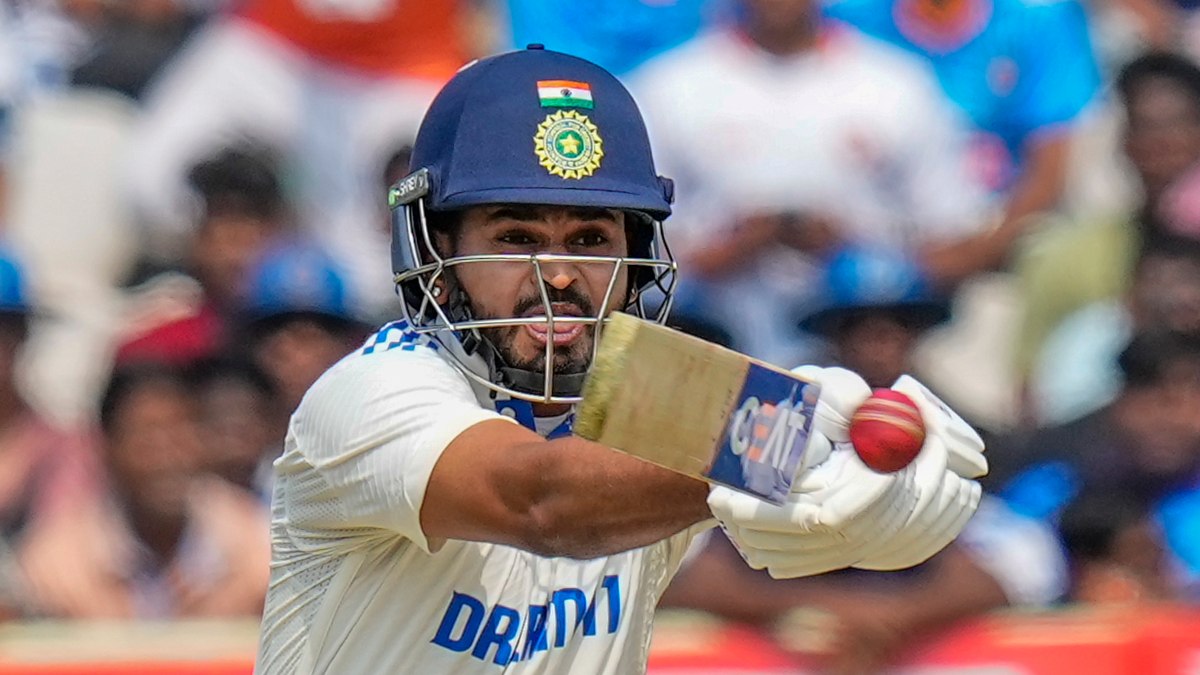As India got down to chasing of 286 in the Mohai ODI, the various permutations of a run chase came to light. The batting order is missing a proper finisher, with MS Dhoni playing up the order, putting even more focus on the top order. Thus the obvious question – why must it always be Virat Kohli to do the job?
Before this innings, the Indian openers had done nought in this series. Scores of 14, 15 and 13 for Rohit Sharma, and 33, 28 and 5 for Ajinkya Rahane. The latter was the first to go in this third ODI as well, lobbing a simple catch to Mitchell Santner off Matt Henry in the third over.
The ball had stopped on him, albeit it still was a loose shot. Never mind, the scorecard will only say he got out cheaply. The batsman smiled and walked back to the pavilion.
***
Rahane’s overall ODI average is 32.71 in 70 matches. When he opens the innings, he averages 32.66. His current Test average is 51.37. It made for some wonderment by the on-air commentators Sanjay Manjrekar and Simon Doull when he came out to bat in the first ODI at Dharamsala.
“He has been impressive in Test cricket wherever he has gone,” said Manjrekar. “The ODI numbers are surprising though. He would like to improve on those,” replied Doull.
Things haven’t looked up since, though. His average in the current series is 22. At a time when India is nurturing finishers in the lower-middle order, you would expect senior batsmen in the side to put their hands up. Take some pressure off Kohli, and assist in the run chase, for that is what India look to do whenever they win the toss.
It isn’t an easy spot to be in. On the one side, you do want to score; which batsman doesn’t? On the other, there is always a sword hanging on your head. Anil Kumble tried his best to ease off this situation ahead of the Delhi ODI.
“I think Rahane certainly fits in at the top of the order, so that is one thing we will persist with in the remaining ODIs. If Shikhar or Rahul get fit in the coming days, even then that option is for the series against England next year and not for now,” said the coach.
“In this series, definitely he is going to open the batting. Looking at the Champions Trophy, we will then decide who will open the batting,” he added.
Rahane though seems lost in translation. Sure, he has been given this run of five matches to open the batting. It is a vote of confidence every cricketer would want. But at the same time, the team management has also left the future up in the air. And why not, for Indian cricket currently boasts of good options for almost every slot in both batting and bowling departments, that too across formats.
Specifically in this case, the competition seems to be intense. It is fair to assume that Rohit Sharma has one opening spot sewn up, for good or bad, thanks to his two double hundreds. And so, just a year ago, the general debate over the second ODI opening spot was between Shikhar Dhawan and Rahane. This past summer, KL Rahul has deservedly added his name to this discussion.
Ever since he added another dimension to his batting in the 2016 IPL, Rahul has been unstoppable. Through his exploits in Zimbabwe and then in West Indies, he has become a prime contender for the openers’ slot in Test cricket, wherein too India are juggling three batsmen at present. It is safe to assume here that Rahul is the future of Indian batting at the top of the order.
At the same time, they don’t want to leave Dhawan out in the cold. He is clearly a stand-in option for Tests, and at the same time, has his uses (limited as they might be) in ODI cricket. As Team India looks to start planning for the 2017 Champions Trophy, and then the 2019 ODI World Cup (both in England), he can expect to be in the mix as second-choice opener.
That last assumption will disappoint Dhawan’s staunchest critics. But there is ample evidence to support it. Roll back to 2014, when Rohit got injured in England. Rahane was asked to open the innings and he did so, in England, and against West Indies and Sri Lanka at home. And there was a decent return from that experiment – in 11 matches, he scored 435 runs (averaging 39.54), with two hundreds and a fifty. And yet, when India went to Australia for the 2015 ODI World Cup, the team management opted for Dhawan as their first-choice opener.
For a moment, this decision can be understood in the sense that the team didn’t want to alter plans months before the big tournament. The underlying point though is if those statistics weren’t good enough to get Rahane a permanent opening slot – in the ODIs against Bangladesh and South Africa – post the World Cup, then clearly what he is doing right now isn’t nowhere near enough.
This is where it gets more complex for Rahane. Given by what coach Kumble said before, both Rahul and Dhawan will be in contention for the openers’ choice as and when they get fit. It can be expected that one of them will open with Rohit against England, as India look to firm up their plans for the Champions Trophy.
This is irrespective of what Rahane does at the top of the order in this series then. Surely his current scores do not help his cause. Furthermore, it begs the question, if Rahane will be pushed down the order once again. If so, where will he bat? Number four?
In 21 ODIs, he averages 37 at that spot. More than mere statistics though, it is his inability to adjust to the middle order is what goes against him. At this spot, you need to have the ability to string the middle and lower order together, give direction to the entire innings, and at times provide impetus to the scoring.
Rahane did so, against South Africa at the MCG during the 2015 ODI World Cup. His 79 runs off 60 balls encapsulated that effort, and he replicated it once again in Mumbai last year against the same opposition (87 off 58 balls). The regularity of such knocks though is a problem.
And again, the team management is looking for long term options herein, and Kumble clearly spelled out Manish Pandey as a name.
“Manish is someone who has done really well in recent past. He started off really well in Dharamshala and has shown a lot of promise and performance. This is certainly heartening for us. He has quite a bit of experience at domestic level, and is certainly the No 4 we are looking into,” Kumble had said in Delhi.
What queers the pitch further for Rahane is Dhoni’s preference to bat up the order nowadays. He has made No 5 his own, but when faced with a daunting chase, the skipper moved himself up the order and came out with exactly the type of innings that was needed. The Indian line-up in limited-overs is a bit flexible, especially in situations like Mohali on Sunday, and Dhoni likes to keep it that way. Between his ability and the investment in Pandey, they have the middle order covered.
So, finally, where does this leave Rahane? He finds himself in no man’s land, pushed closer to irrelevance in India’s ODI plans every time he fails to get going, irrespective of the position he bats in.
And consequently, Rahane is starting to run out of time.


)




)
)
)
)
)
)
)
)